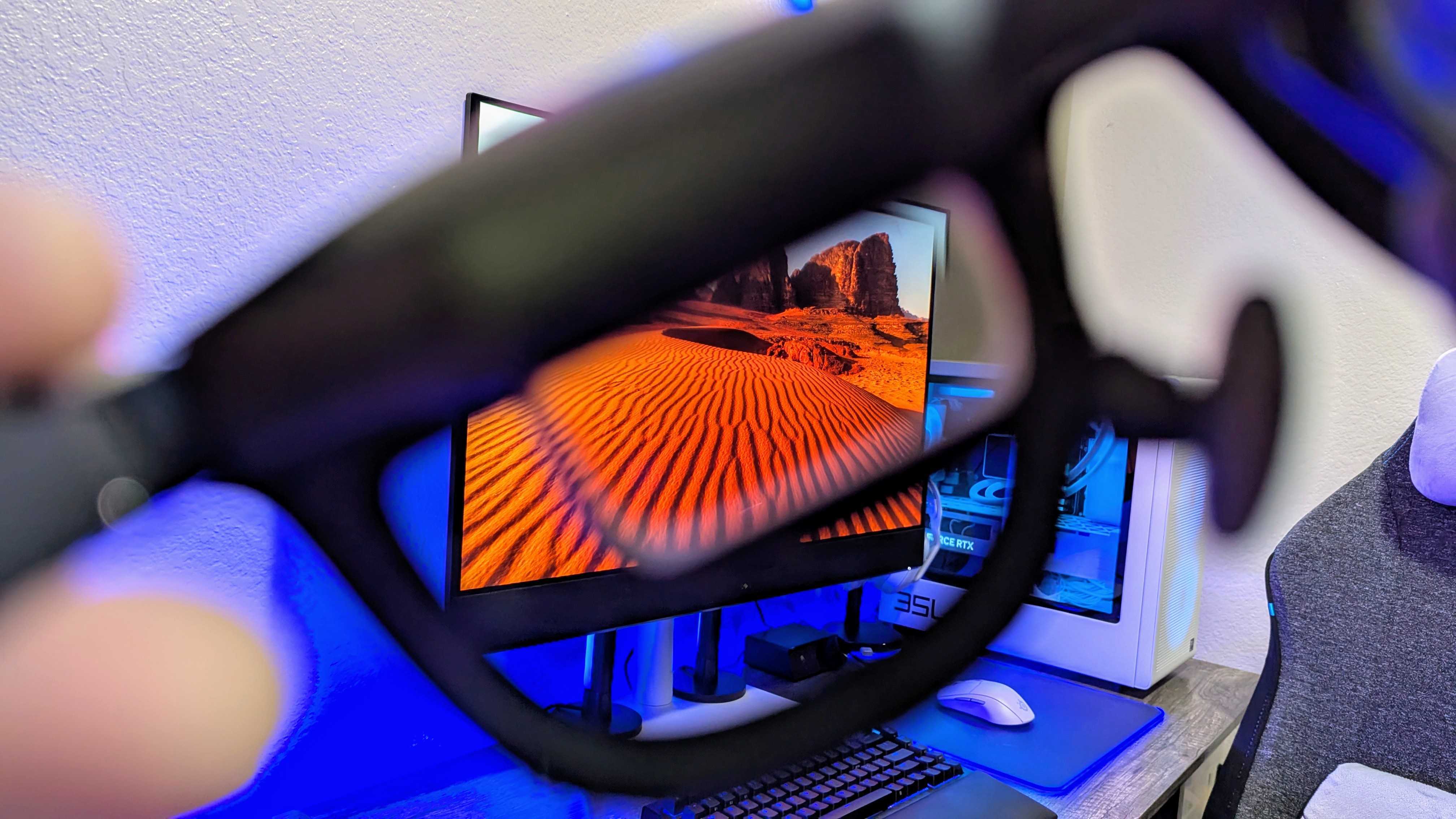
As Windows Central's primary reviewer right now, I have a lot of products come and go through my office. Some of it excites me, some of it bores me, but I put every product through the same level of testing so I can tell you if you should consider it or save your money for something better.
We're just over halfway through 2025 now, and at the time of publication, I've reviewed a grand total of 58 laptops, monitors, accessories, games, and other tech products for Windows Central — averaging over two a week.
So, let's get a little retrospective and look back at my 10 favorite reviewed products in 2025 so far, ranging from a tiny webcam to a beefy gaming laptop.
10. Razer Blade 14 (2025)
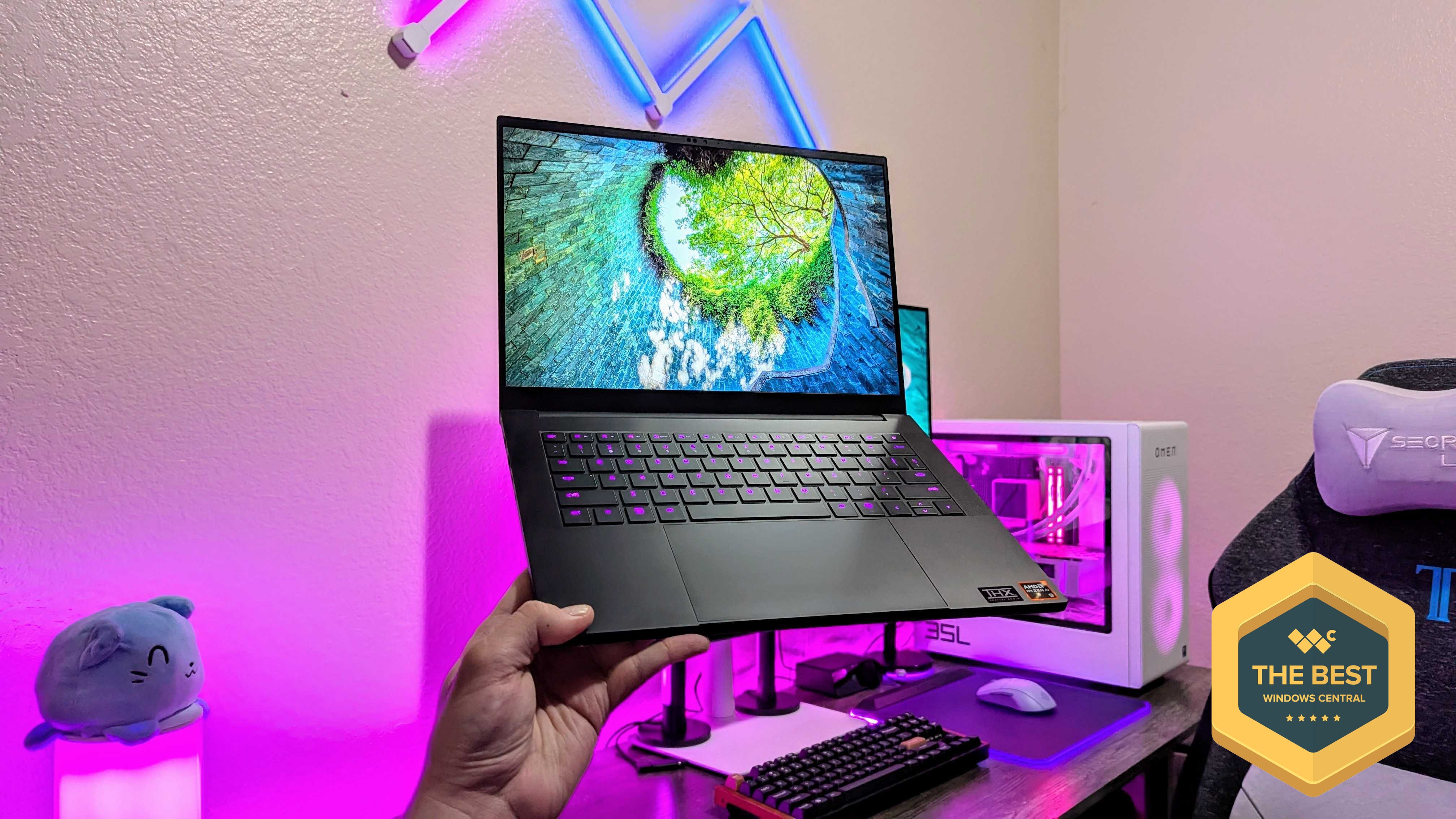
The first appearance from Razer on this list is the redesigned Razer Blade 14 (2025), the company's best-selling laptop, made thinner, lighter, smarter, and more powerful than ever before.
While I've been a big fan of many of Razer's accessories for years, I haven't been enthusiastic about its prohibitively expensive and extremely niche gaming laptops, but 2025 has turned my opinions around dramatically.
In my Razer Blade 14 (2025) review, I wrote:
"Following the trail blazed by its 16-inch sibling, the Razer Blade 14 is entering 2025 with a fresh new design, more power, and a whole lot of AI features. It's Razer's best-selling machine made better than ever, even though most people don't really need this class of device. I also suggest opting for the silver colorway if you dislike dealing with constant fingerprint marks and smudges."
Yes, I still maintain that the majority don't need to spend their money on the Razer Blade 14, but those that do will be met with one of the finest and most powerful 14-inch laptops ever made... At least until I finish reviewing the ASUS ROG Zephyrus G14 (2025), which has a good chance of surpassing the Blade 14 if my hands-on is anything to go by.
9. Dell UltraSharp 27 4K Thunderbolt Hub Monitor (U2725QE)
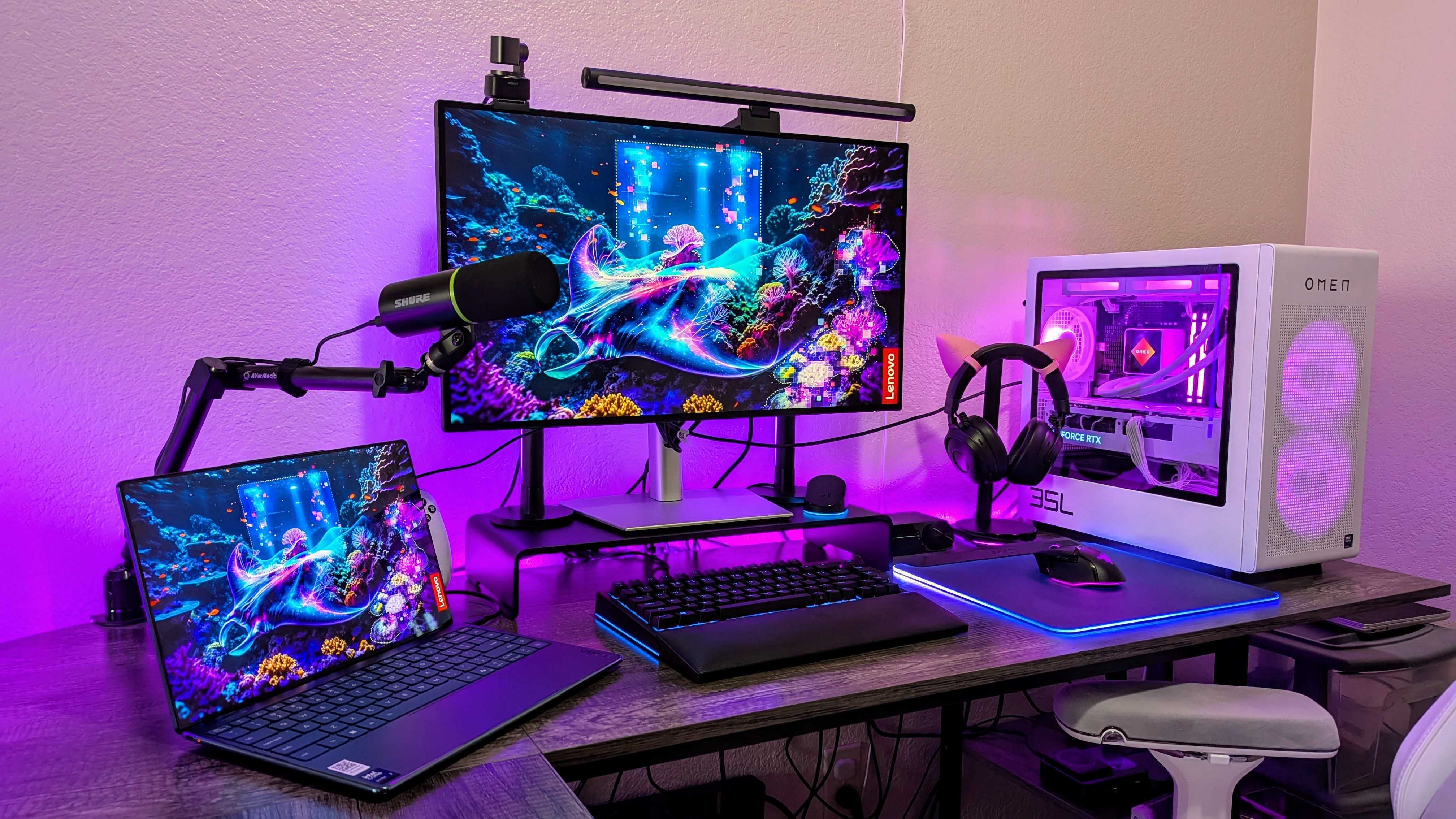
By far the most surprising addition to this list was a monitor I never expected to fall in love with so quickly, and that's the Dell UltraSharp 27 4K Thunderbolt Hub Monitor (U2725QE)... Yeah, I'm not eager to spell out that name again.
At first glance, this is one of countless and generic productivity monitors that every major brand spits out for enterprises, but the U2725QE is anything but generic. It's special enough that I didn't even wait to finish my full review before writing about how much I valued its headlining feature.
When I did publish my full Dell UltraSharp 27 4K Thunderbolt Hub Monitor (U2725QE) review, I concluded:
"One of the newest additions to the massive Dell UltraSharp family doesn't check every box a high-end monitor can have, but does pair an excellent productivity-focused IPS LCD display with a full-featured Thunderbolt 4 USB hub that you won't want to give up once you have it. There's room to want more and Dell's "new and improved" software doesn't feel very improved, but it's still difficult to find a true note-for-note alternative to this display."
Dell made an invaluable productivity tool to tie together your entire setup with this monitor, and since my review has noticeably improved its software to be cleaner, more intuitive, and more reliable. To make a long story short, though, monitors are simply better with Thunderbolt built in.
8. ASUS Zenbook A14 (2025)
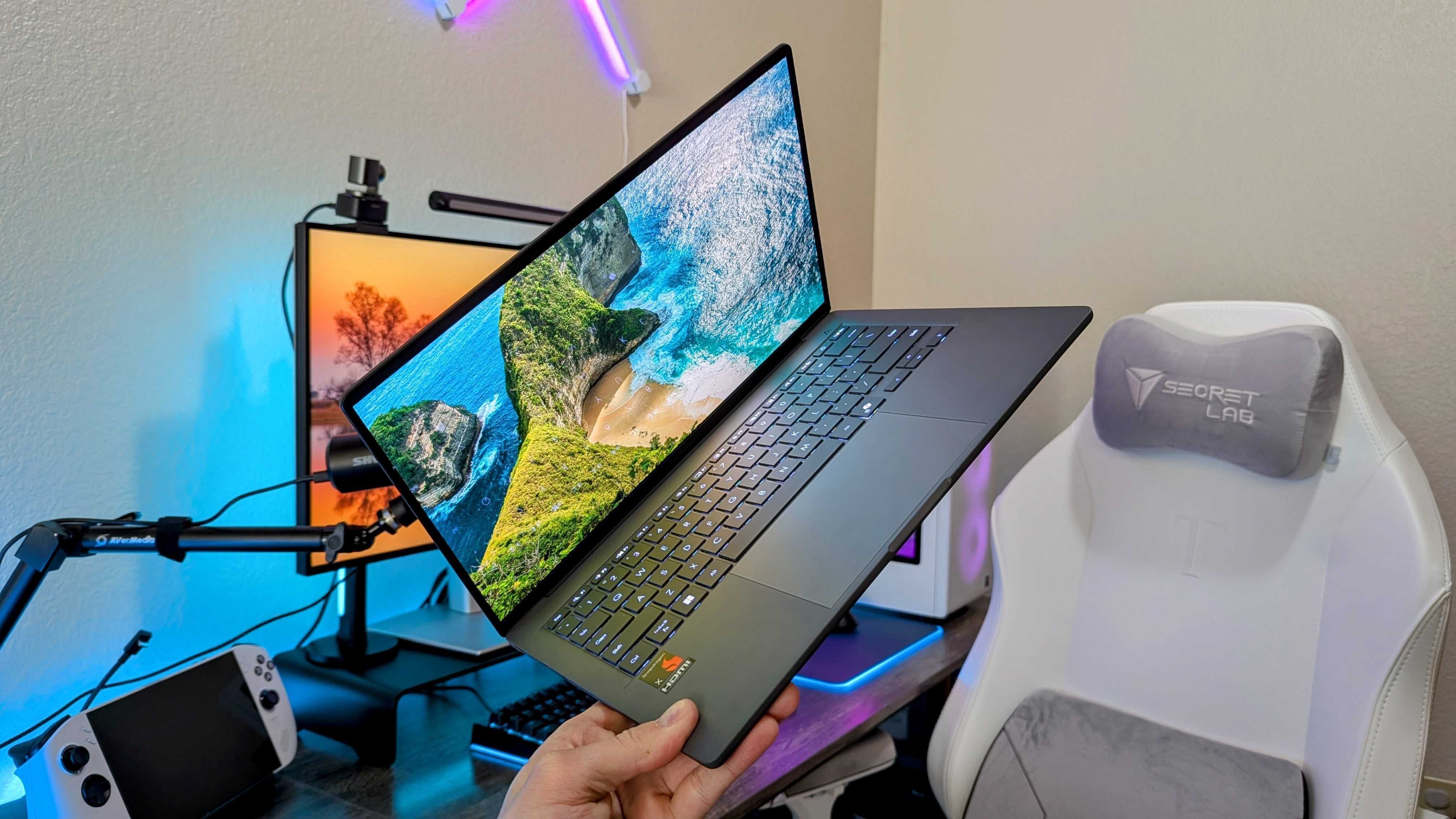
With 4/5 stars, the ASUS Zenbook A14 (2025) is the lowest-scoring product on this list, but don't mistake that for being the worst. This is a phenomenal mid-range Windows laptop, and one of the best AI PCs any casual user can buy right now.
Weighing less than a single kilogram (just over two pounds) and boasting some of the best battery life of any 14-inch laptop, the cleverly named Zenbook A14 (because ASUS didn't want to risk using "Air" for risk of annoying a certain fruit-based company) was only meaningfully docked because ASUS announced it with a $100 lower starting price than what we got.
In my full ASUS Zenbook A14 (2025) review, I said:
"With a magnesium chassis as light as air and as tough as stone, Snapdragon X series chipsets that barely sip on the physics-defying massive battery, and a great balance of practical function and aesthetic form, the Zenbook A14 is one of the best laptops of the year. It could've been even better with its anticipated $900 entry-level configuration, but a $100 price bump just prevents this laptop from also being one of the best deals for a thin and light AI PC."
I (and our Editor-in-Chief, Daniel Rubino) still absolutely adore this laptop, and since its release, the Zenbook A14 has enjoyed some very healthy discounts. I've seen it go for as low as $650, which is a genuinely incredible deal for one of our favorite Copilot+ PCs of the year.
7. OBSBOT Tiny SE
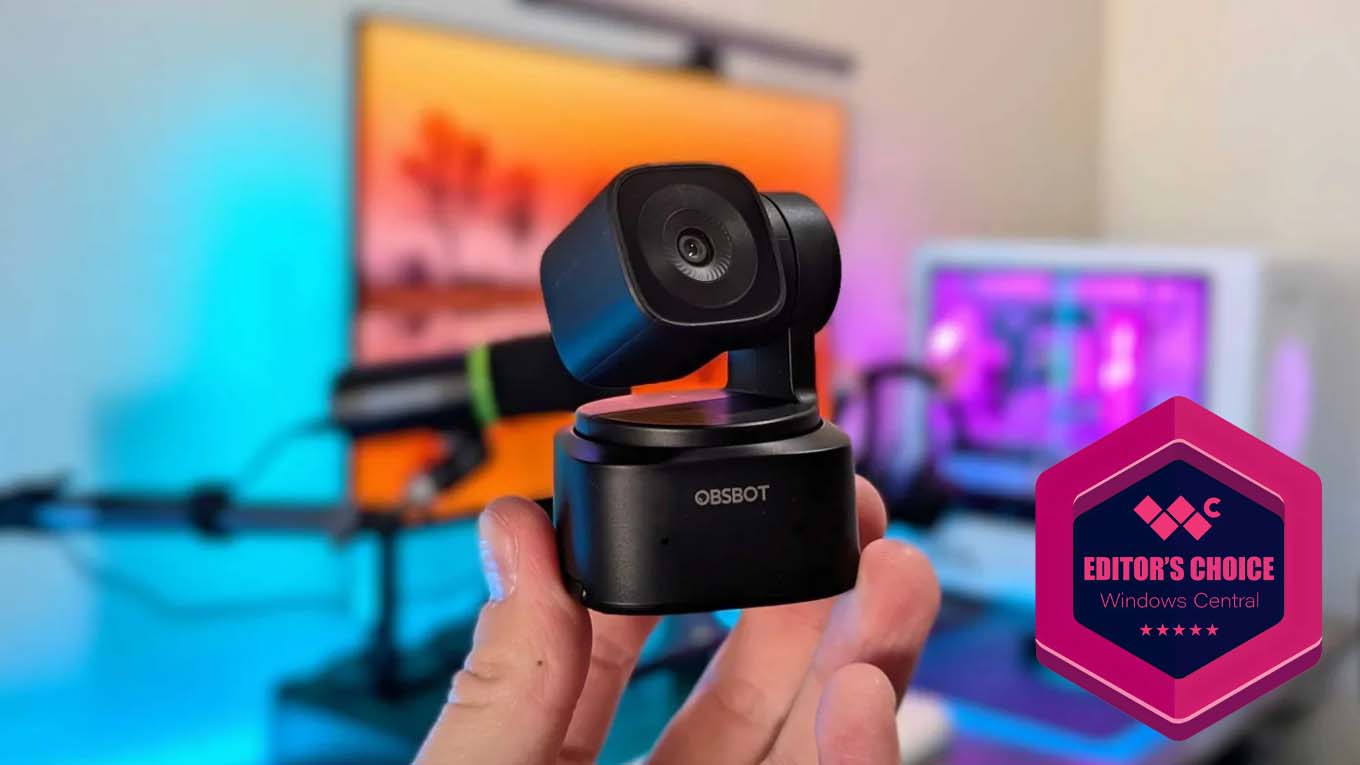
Not everyone needs a webcam, and many of those who do aren't concerned with the quality. I do (on both counts), and over a year and a half, my favorite webcam has been the OBSBOT Tiny 2, which I reviewed.
That webcam costs $300, though, which is far more than most are willing to spend on a webcam. Thankfully, OBSBOT dropped a new webcam in the Tiny SE, an AI-powered, FHD webcam with full gimbal tracking and a complete set of features. The best part? It only costs $100.
In my OBSBOT Tiny SE review, I concluded:
"The OBSBOT Tiny SE is easily one of the best-value webcams you can buy right now, thanks to its excellent 1080p image quality, reliable low-light performance, and useful AI-powered gimbal tracking. You can see where the corners were cut compared to my favorite OBSBOT Tiny 2, but this webcam also costs a third as much for a lot of the same features."
This is the webcam for $100 or less, and I honestly can't think of another that I wholeheartedly recommend in this price range. The Tiny SE is a fantastic value and is perfect for those who need a reliable webcam but don't want to break the bank.
6. Razer Kishi V3 Pro
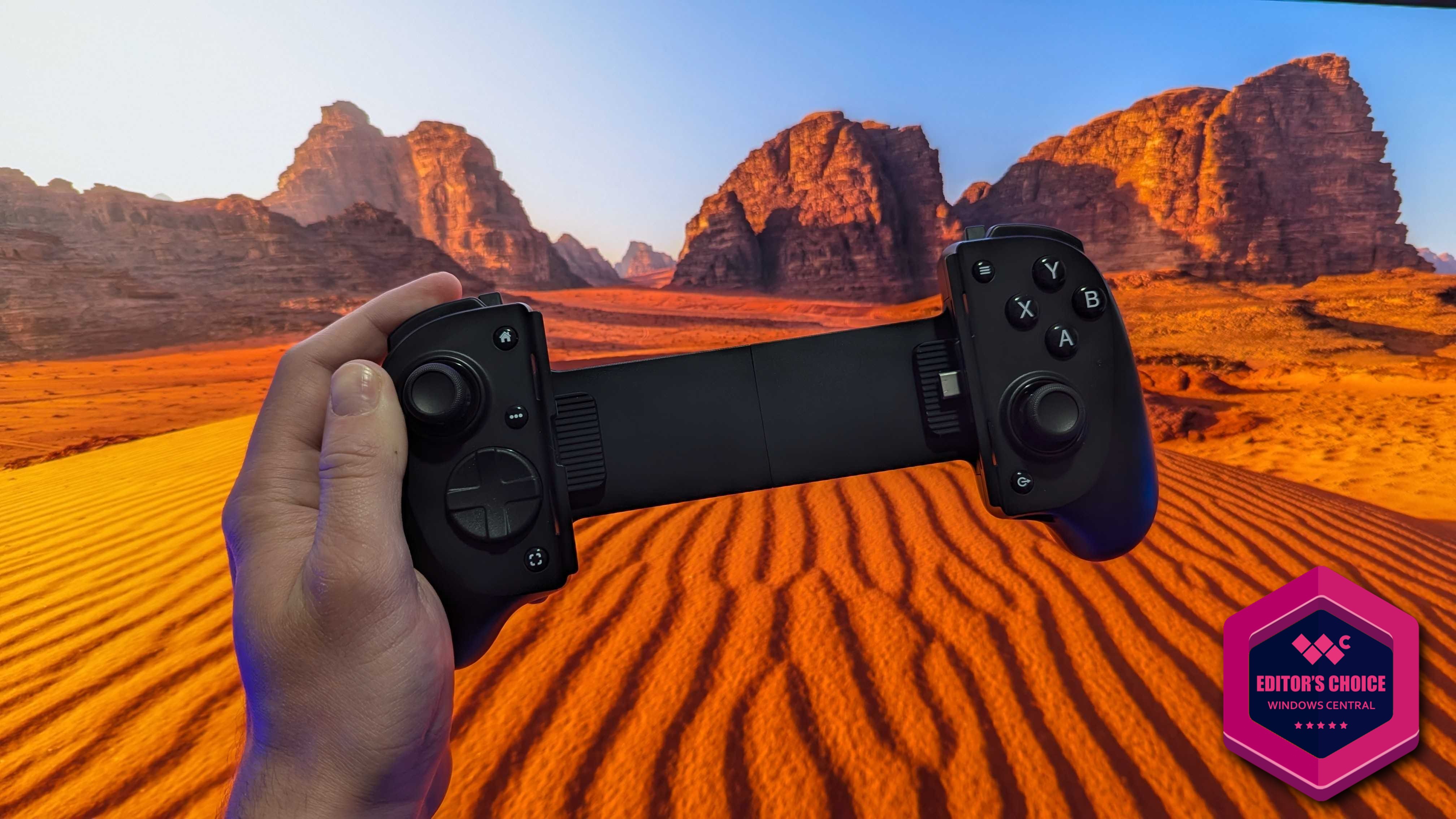
The next two actually go hand-in-hand, both because I happened to review them around the same time and because they make each other better. Not that they need the help, with the Razer Kishi V3 Pro easily becoming the best mobile gaming controller you can buy right now.
There are a lot of great options from companies like GameSir and Backbone, but Razer took everything it had learned from previous controllers and made a responsive, durable, comfortable, premium, and feature-packed controller compatible with countless smartphones and tablets.
In my Razer Kishi V3 Pro review, I wrote:
"The Razer Kishi V3 Pro takes everything great about Razer's excellent Kishi Ultra and adds more buttons and features and plenty of other enhancements. It's truly the ultimate mobile gaming controller, as long as you don't mind the size. There's even an XL version that works with up to 13-inch tablets. This is now one of my favorite ways to play."
Full sized TMR thumbsticks (the more advanced version of Hall Effect), multiple additional remappable buttons, the Razer Nexus launcher with PC Remote Play, audio-to-haptics, and Razer's virtual control emulator, the Kishi V3 Pro has it all — and the next on the list may be the best device to pair with it.
5. Lenovo Legion Tab (Gen 3)
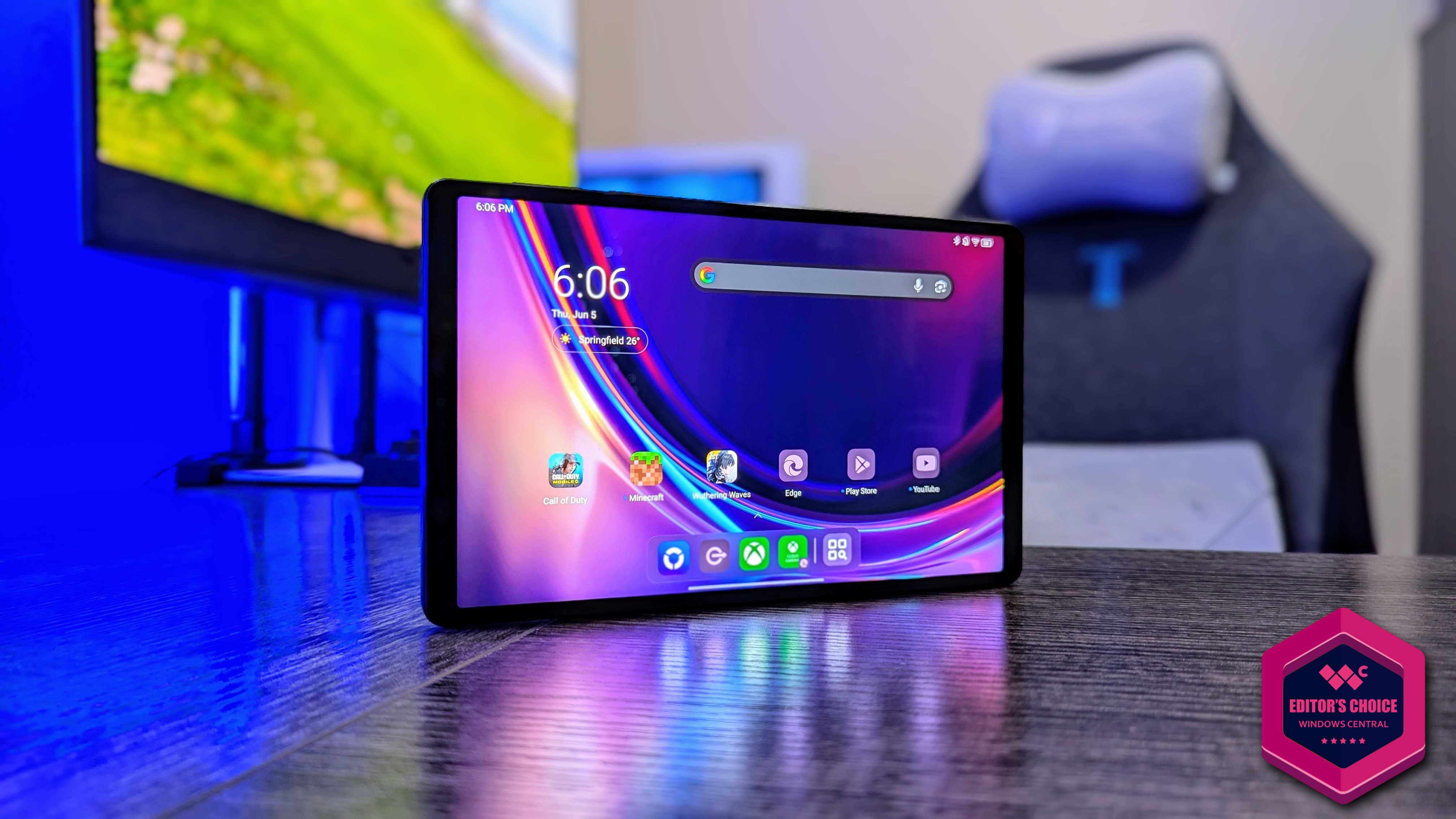
Recently, I wrote about how my go-to gaming handheld right now isn't my Nintendo Switch OLED or my ASUS ROG Ally X, and I was talking about this tablet. Well, this tablet and the previous entry, to be more precise.
Lenovo's debut on this list is something unique for myself and Windows Central, in that it's an Android tablet. I decided to review it with Xbox Cloud Gaming and Microsoft's other mobile gaming investments in mind, and I ended up discovering my favorite companion device.
In my in-depth Lenovo Legion Tab (Gen 3) review, I said:
"The Lenovo Legion Tab is a small, Android-powered tablet designed with mobile gaming in mind, but it's a fantastic tablet companion all around. With a sleek and premium design, a fast and responsive display, and powerful internals with a large battery, the Legion Tab isn't just the best iPad Mini alternative — I flat out like it more."
Yes, the Legion Tab is brilliant for gaming on various levels, especially when paired with an equally great mobile gaming controller, but it's also the best option for those in the market for a miniature tablet that can keep up with their daily lives.
4. Alienware 27 4K QD-OLED Gaming Monitor (AW2725Q)
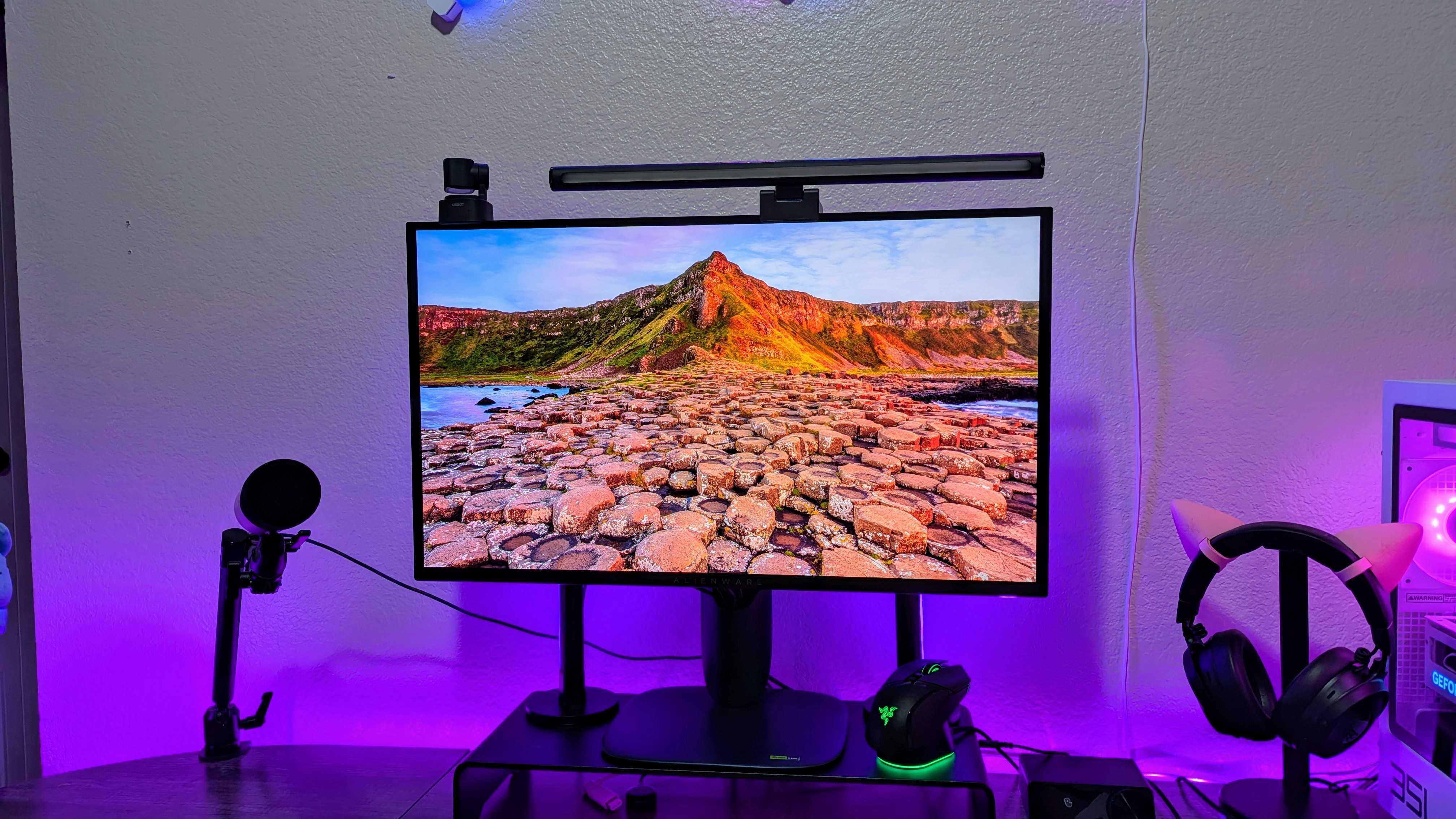
OLED has gotten incredibly good in the last few years, especially with gaming monitors and laptops. Faster, smoother, and more reliable, OLED has been the go-to choice for gamers looking for the premium way to play.
As such, I've reviewed a lot of the best OLED gaming monitors, but few have been as easy to recommend as the Alienware AW2725Q, which pairs a 4K resolution, 240Hz refresh rate, a competitive 3-year warranty, and a sub-$1,000 price tag.
In my Alienware 27 4K QD-OLED Gaming Monitor (AW2725Q) review, I said:
"Alienware has taken the latest and greatest OLED tech and shoved it into a compact 27-inch gaming monitor, and it looks and feels every bit the premium product it's supposed to be. You won't enjoy a wealth of extra features, but that barebones approach allows for a lower price tag than many of the AW2725Q's direct competitors."
This is a very focused monitor for those who know they want industry-leading image quality and performance, and don't need the extraneous features that make other monitors more expensive. I still prefer a larger 32-inch display, but the AW2725Q is well worth the cost (especially when it's on sale, which is often).
3. Audeze MM-100
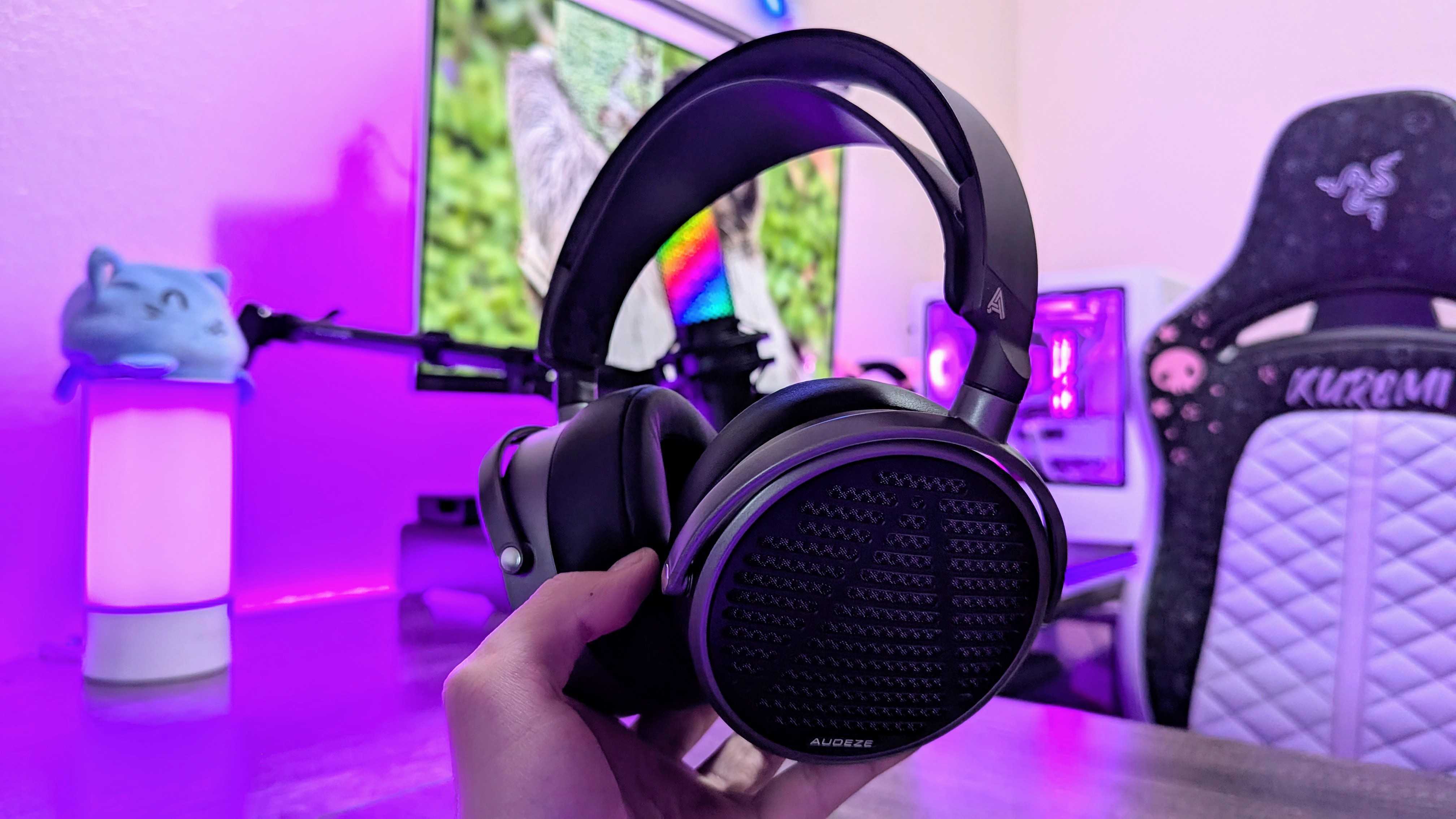
In the hi-fi audio world, Audeze is well-known as the leader of planar magnetic technology, a wildly different approach to your average headphones. Most of those headphones cost many hundreds or even thousands of dollars, though, immediately pricing them out of most people's range.
The MM-100 is Audeze's attempt to bring its signature sound to a more accessible price point, one that a more casual audiophile can invest in to get their foot through the door of true high-end music. These cans aren't perfect, but you won't find a better set of planar magnetic headphones for anywhere near this price.
In my Audeze MM-100 review, I stated:
"The Audeze MM-100 is the latest attempt by the legendary audio company to break into more mainstream spaces, trickling its planar magnetic headphone technology down to a fraction of the cost of its most popular high-end headphones. The pricing is great, the audio quality is phenomenal, and it's accessible to audiophiles of all knowledge levels. As long as you know what you're getting and can accept the minor compromises, you're not likely to find better at this price point."
The Audeze MM-100 will work with basically any device with a 3.5mm headphone jack, but your listening experience will scale with your hardware (especially if you invest in a proper DAC).
2. Lenovo Legion Pro 7i (Gen 10)
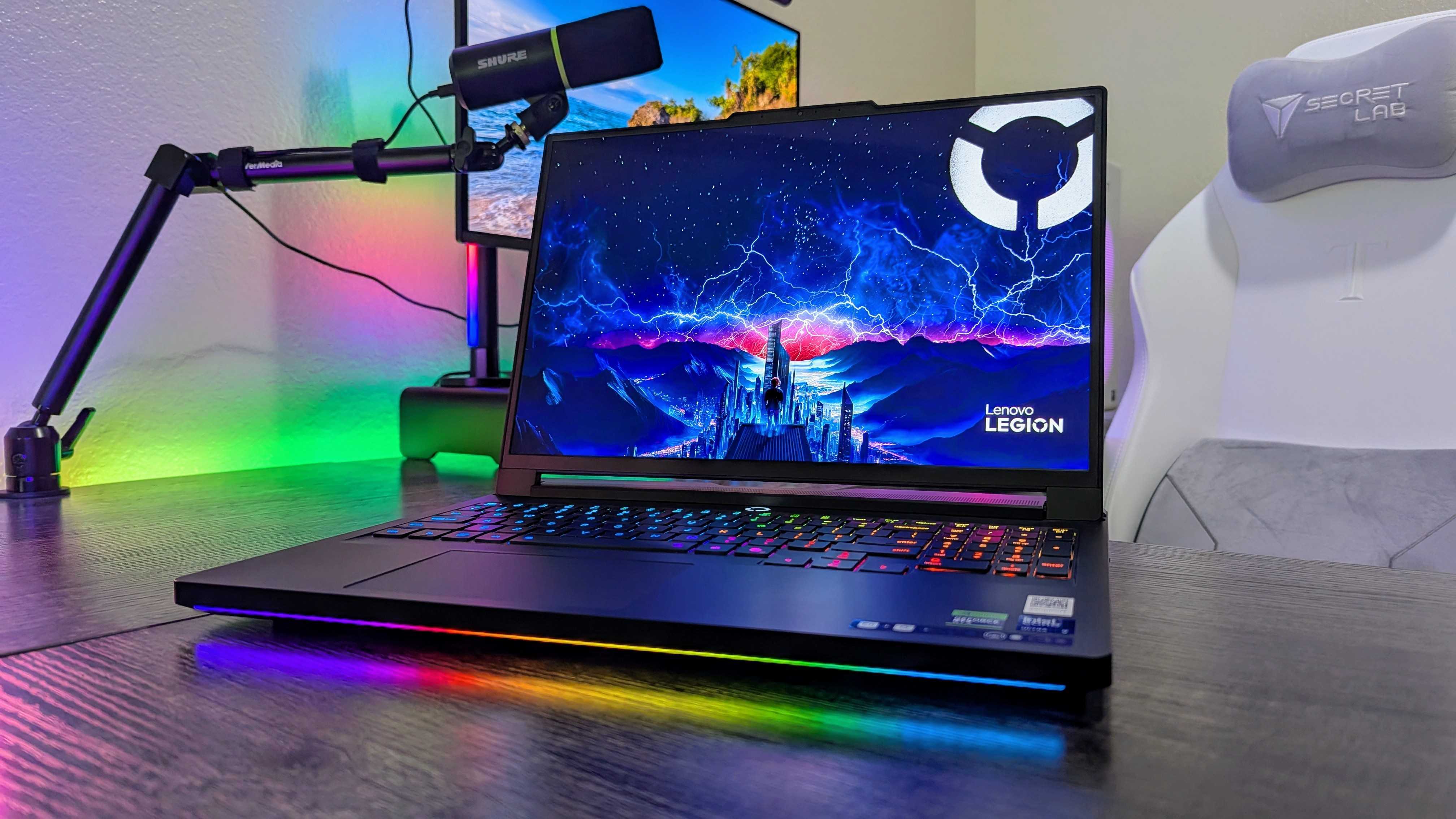
Remember when Lenovo first properly entered the gaming scene with its Legion brand? Because it... wasn't great. Fast forward a few years, though, and Lenovo Legion has quickly become one of the most reliable and popular brands for gaming hardware.
Lenovo's second appearance on this list is the flagship Legion Pro 7i (Gen 10), a 16-inch gaming laptop with all the power you could possibly desire. A new generation of Intel and NVIDIA hardware lined up with Lenovo's full redesign, and it's a fabulous machine on so many levels.
In my (very detailed) Lenovo Legion Pro 7i (Gen 10) review, I said:
"The Lenovo Legion Pro 7i no longer feels like the 'flagship killer' deal it was in years prior, but the latest model ushers in a new generation of Intel and NVIDIA hardware with a great redesign, a wonderful OLED display, and some of the best performance you'll find on any mobile machine. This is one of the best gaming laptops we're going to see this year. It is a shame we lost the rear-facing ports, though."
The new Legion Pro 7i is undeniably a premium machine, but it's also one of the best performers on the market (and frankly still undercuts options from companies like Razer by a substantial margin). It's almost peak gaming laptop... I just wish we hadn't lost the rear ports.
1. XREAL One Pro

If you're surprised to see a pair of AR glasses at the top of this list of my favorite reviewed products of 2025, you're not alone — I'm right there with you. XREAL truly earned its place here with the One Pro, though, which in many ways is the pinnacle of this tech category.
Even our own Jez Corden recently argued that XREAL would've been a better partner for Xbox than Meta's Quest headsets, and I agree. The flagship XREAL One Pro is a proper showcase of what modern technology can accomplish, giving you a massive, beautiful, and fully private theater for all your devices, wherever you happen to be.
In my XREAL One Pro review, I stated:
"With the One Pro, XREAL has firmly established itself as the leading innovating force in the AR glasses category, with class-leading advancements making this wearable tech genuinely worthwhile to the average consumer. The design, displays, and feature set are all top-notch, providing an excellent, private theater for working, gaming, and watching, but the XREAL One Pro AR glasses are prohibitively expensive, and you do lose something when transitioning to this more standalone design."
Don't get me wrong, the XREAL One Pro are an expensive investment, but you don't have to go this far. The standard XREAL One AR glasses still provide a ton of value for anyone who loves to game, watch, or even work on the go, in bed, or anywhere that isn't in front of a TV or monitor.







